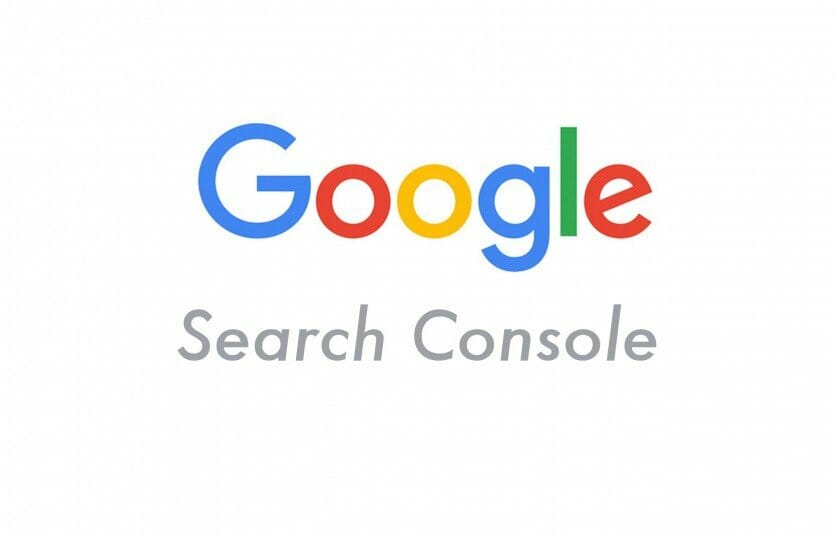If you own a website, Google’s webmaster’s search console should be one of your favorite websites to 
Always keep up to date with Messages
In the search console, there is a tab for Messages for which are direct from Google, stating information about your website such as:
- If the owner of your website has changed
- If there are any DMCA removal of webpages from your website on Google
- If the target country has changed
- If there is an increase in any stats of your website, such as soft-404s.
And there is a lot more for the type of messages that Google search will send you in Messages.
Responding to messages with actions as well as understanding just what is happening to your website on Google search is paramount to your website’s success.
For example, there have been few key times that staying up to date with messages has proved very valuable to me and one of my websites. For one of these times, I had a DMCA removal request from a web user for an article claiming copyright infringement. Of course, Google takes very strong actions on plagiarism (as I do as well), for which could have seriously affected the SEO of the whole website: plagiarism will cause Google to not trust my website as much as before, putting less confidence in them to have other similar articles ranking highly on results. However, because I stayed up to date with the search console messages, I managed to sort out the problem quickly and effectively, where the plagiarism ‘strike’ had been false (so no action was taken).
Fix URL Errors as they appear
Although it is not as important to SEO, having URL errors, such as 404s, 410s, 510s and 501s will cause your web users to get frustrated if they so happen to land onto such an error page. On the whole, 404 errors for websites will generally increase with the age of the website and this is completely fine, since many web pages are created and deleted – it is normal to have 404 errors. However, the ‘not-normal’ thing is to have 404 errors for current articles etc.
If you are sure the 404 errors your website have are deleted web pages, then there is nothing else to do. If the URL seems to be not pointing to a current article/webpage on the website, then you should look to implement a redirection 301 to make sure the soft-404 is fixed. This tends to happen most when the URL of a webpage is changed after being published.



